
Students with disabilities remain underrepresented in STEM fields, not because of lack of ability but because of systemic barriers in education. When schools create accessible pathways into science, technology, engineering, and math, they unlock potential for thousands of learners who might otherwise never discover their aptitude for problem-solving and innovation.
The technology sector needs diverse perspectives to build products that work for everyone. Students with disabilities bring unique insights into design, accessibility, and user experience that make them valuable future contributors to STEM careers.
Many STEM labs and makerspaces are not designed with mobility devices in mind. Workbenches sit too high, equipment requires fine motor control, and safety protocols assume all students can hear verbal warnings or read visual cues quickly.
Traditional STEM instruction often relies heavily on one learning modality. A lesson that depends entirely on visual diagrams excludes students with vision impairments, while lectures without visual support leave behind students with auditory processing differences.
Students with disabilities may have internalized messages that STEM "isn't for them" after years of inaccessible experiences. Building confidence requires intentional effort and repeated positive encounters with technology.
Universal Design for Learning (UDL) creates flexible learning environments that work for the widest range of students from the start. This means providing multiple ways to engage with content, express understanding, and stay motivated.
For example, when teaching robotics, offer instructions in text, video, and hands-on demonstration formats. Let students show their understanding through building, drawing, writing, or verbal explanation.
Adjustable-height tables, wide aisles for mobility devices, and tools with adaptive grips make labs accessible. Provide visual timers, noise-canceling headphones, and flexible seating options to support students with sensory needs.
Rigid pacing excludes students who need more time to process information or complete physical tasks. Structure lessons with core activities and optional extensions rather than fixed timelines everyone must follow.
Experiential learning through building, testing, and iterating gives students with disabilities concrete ways to engage with abstract STEM concepts. A student who struggles with written math problems may excel at engineering challenges that require spatial reasoning and creative problem-solving.
Tactile experiences benefit students with learning disabilities by creating multiple memory pathways. When you build a circuit, you're not just learning about electricity through reading, you're feeling the connections, seeing the light turn on, and experiencing cause and effect directly.
Onsite Field Trips that bring hands-on STEM experiences directly to schools eliminate transportation barriers that often prevent students with disabilities from accessing enrichment opportunities. When the technology lab comes to the parking lot, every student can participate without logistical obstacles.
Simple accommodations often make the biggest difference. Raised-line paper helps students with vision impairments draw diagrams. Pencil grips and alternative input devices support students with motor differences. Visual schedules and task cards help students with executive functioning challenges stay organized during multi-step projects.
Screen readers, speech-to-text software, and alternative keyboards allow students to interact with coding platforms and design software. 3D printing creates tactile models of concepts that are typically visual. Virtual reality can simulate lab experiences for students who cannot safely participate in certain activities.
Many powerful assistive technologies are available at no cost. Screen readers like NVDA, voice control through built-in operating system features, and browser extensions that modify text presentation ensure students don't need expensive equipment to access digital STEM content.
General education STEM teachers and special education teachers each bring essential expertise. Co-planning ensures accommodations are built into lessons from the start rather than added as afterthoughts.
Parents and caregivers know what motivates their child, what accommodations work, and what barriers exist outside school. Regular communication helps educators understand the full picture of a student's strengths and needs.
Local and national organizations focused on specific disabilities often provide training, resources, and consultation to schools. Groups like the National Federation of the Blind and the Autistic Self Advocacy Network offer guidance written by people with lived experience.
Students with disabilities need to see people like themselves working in STEM fields. Invite speakers with disabilities, share stories of scientists and engineers who navigate accessibility challenges, and explicitly discuss how technology careers can accommodate different needs.
Problem-solving, collaboration, and persistence matter more than memorizing facts. Hands-on projects that emphasize the engineering design process teach students they can tackle complex challenges through iteration, even when initial attempts don't succeed.
Traditional assessments may not capture what students with disabilities can do. Digital portfolios showcasing completed projects, design notebooks, and reflections demonstrate competency in ways that work for each learner.
Career exploration tools that help students connect hands-on experiences to future pathways show how today's robotics project relates to tomorrow's engineering career. When students see the connection between what they're learning and where it can lead, motivation increases.
Start with small changes rather than waiting for perfect accessibility. Add captions to one video, provide one alternative format for instructions, or rearrange one lab station to improve access. Small improvements compound over time.
Involve students in solving accessibility challenges. Ask what would make a lesson work better for them. Students often identify simple solutions adults miss, and being part of the problem-solving process builds agency.
Seek out professional development focused on accessible STEM instruction. Onsite workshops that bring training directly to your school make it easier to learn alongside colleagues and immediately apply new strategies in your context.
Building inclusive STEM pathways takes intentional effort, but the resources and support exist to make it achievable. Districts looking to expand access can explore partnership opportunities that bring turnkey STEM experiences to schools while building teacher capacity for accessible instruction.
Every student deserves the chance to discover whether STEM might be their path. When schools remove barriers and create welcoming environments, more students with disabilities will find their way into technology careers that need their perspectives and talents.
Start building accessible STEM pathways at your school by exploring hands-on resources designed for inclusive implementation.
What are STEM pathways for students with disabilities?
STEM pathways are intentional sequences of learning experiences that help students with disabilities build skills, explore interests, and prepare for technology careers through accessible instruction and hands-on activities.
How can STEM education be made more inclusive for disabled students?
Apply Universal Design for Learning principles, provide multiple ways to access content and demonstrate learning, use adaptive technologies, modify physical spaces, and partner with special education specialists to co-plan accessible lessons.
What challenges do students with disabilities face in STEM learning?
Common barriers include inaccessible lab spaces, instruction that relies on single modalities, lack of assistive technology, social isolation, and limited exposure to role models with disabilities working in STEM fields.
What adaptive tools support students with disabilities in STEM?
Tools range from low-tech solutions like pencil grips and visual schedules to high-tech options including screen readers, speech-to-text software, alternative keyboards, 3D-printed tactile models, and assistive coding platforms.
How can educators support career readiness for disabled students in STEM?
Provide early career exposure, focus on transferable skills like problem-solving and collaboration, create digital portfolios to showcase competencies, explicitly connect learning activities to future pathways, and share stories of professionals with disabilities succeeding in technology fields.


Ready to learn how Betabox resources can be implemented at your school or District?
Book a Blueprint Call

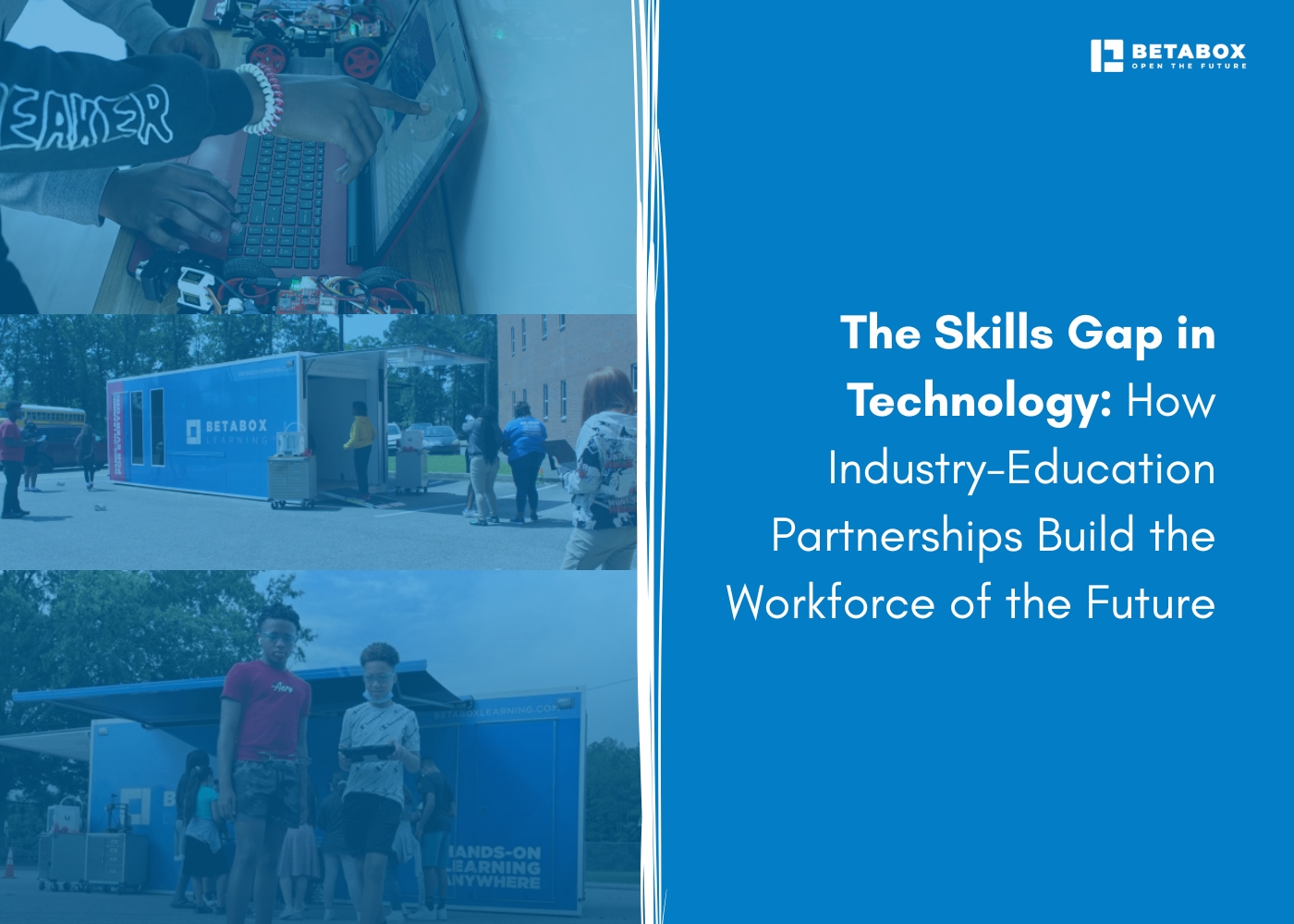

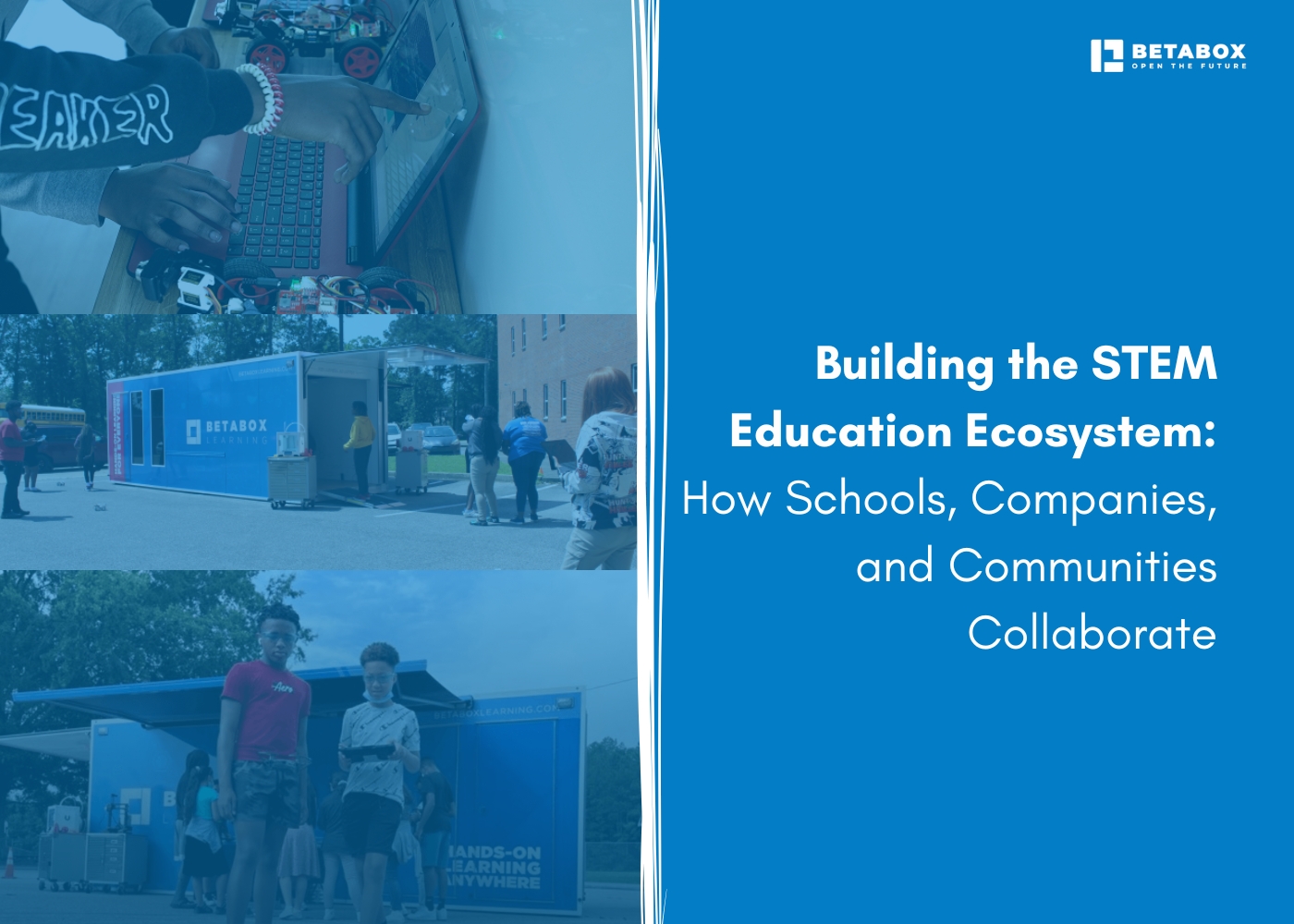

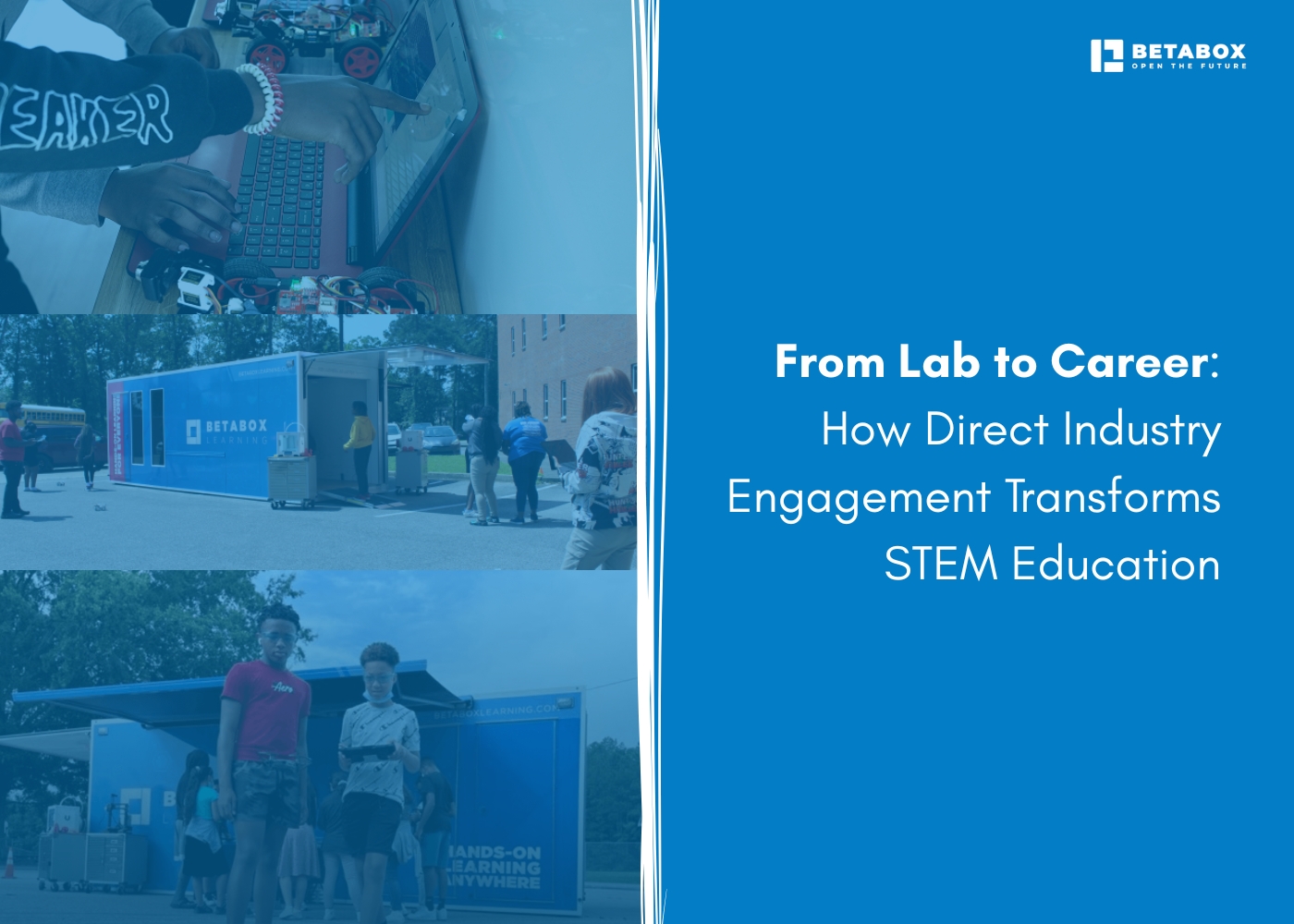

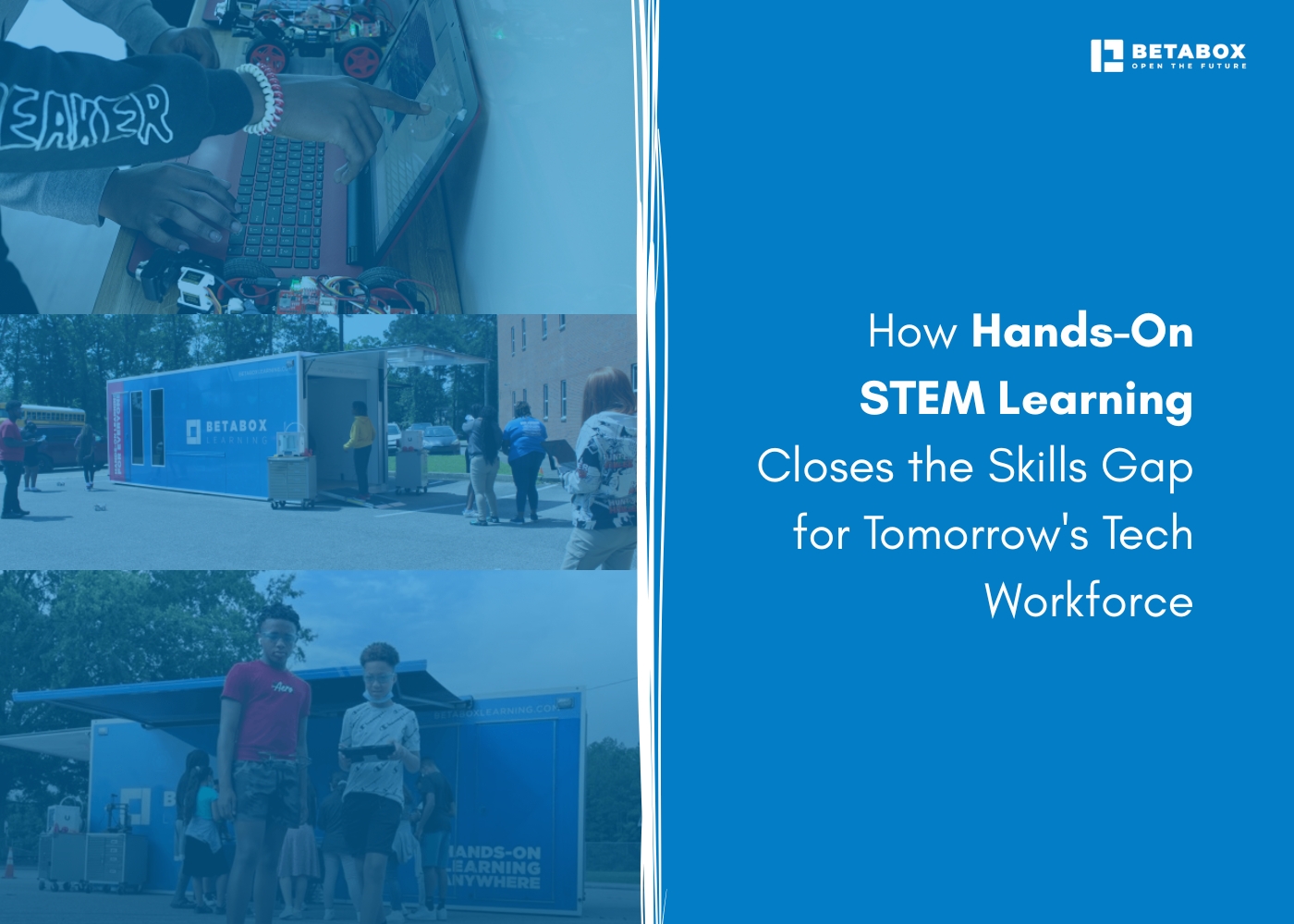

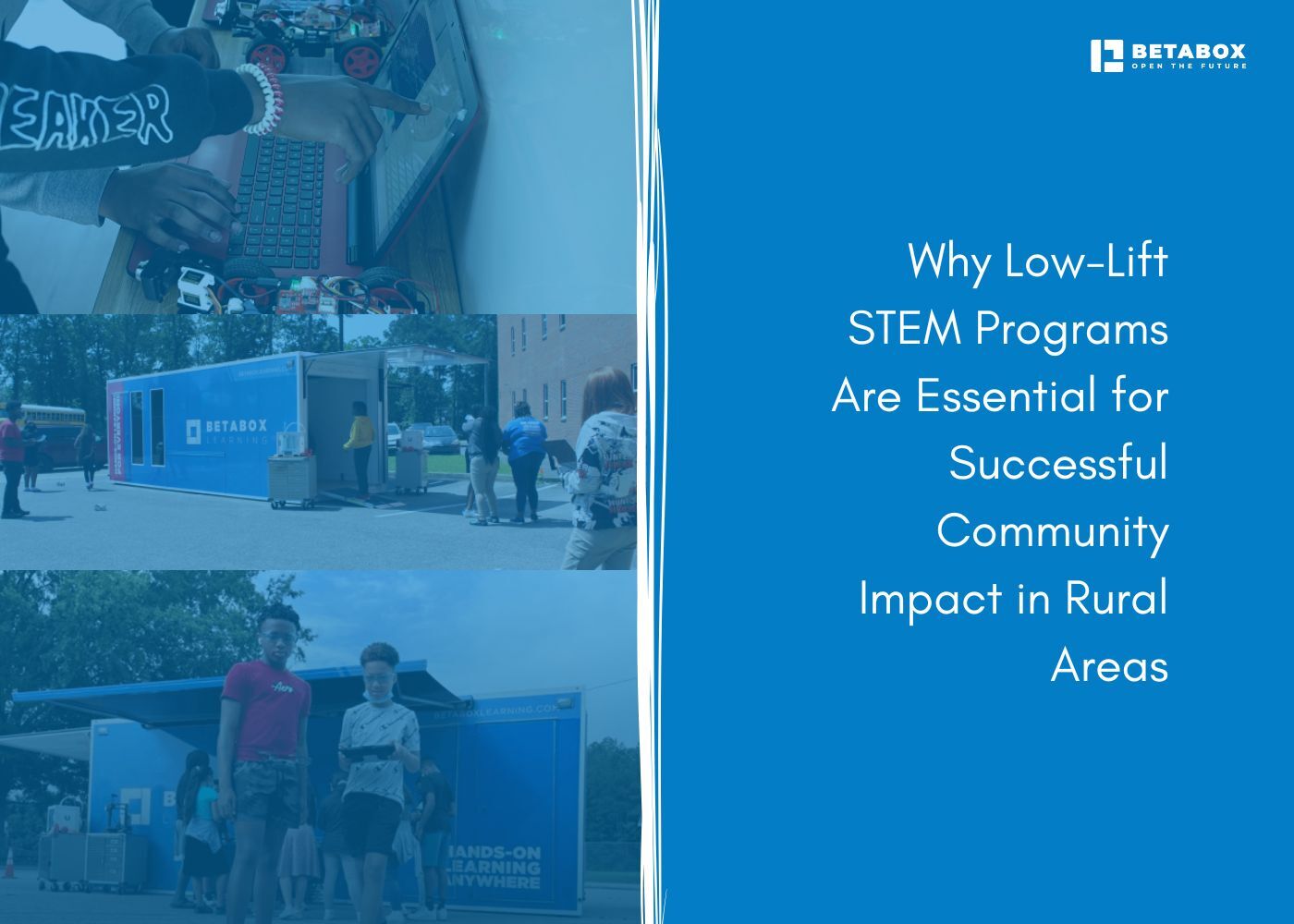

.jpg)

.jpg)

.jpg)

.jpg)





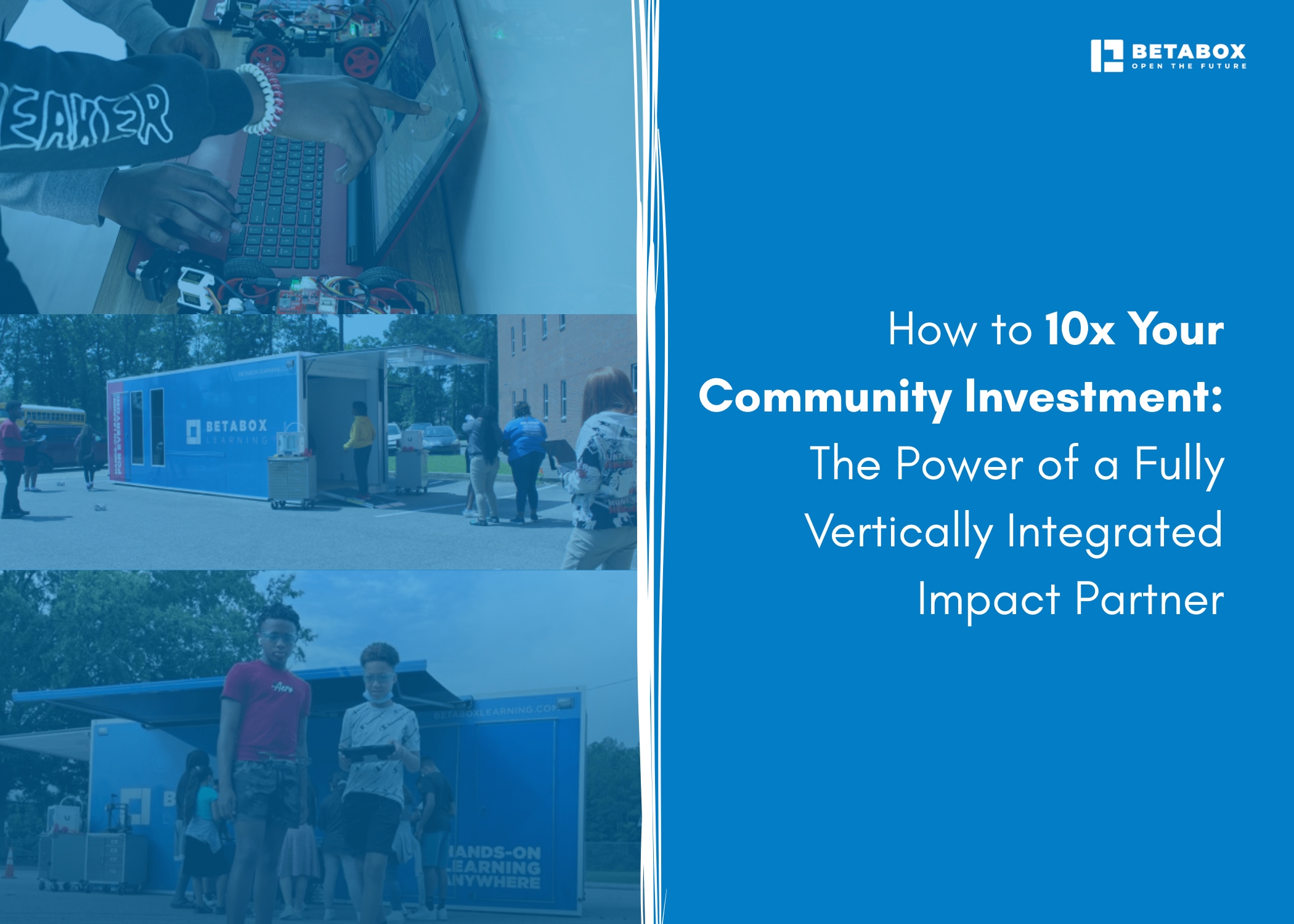

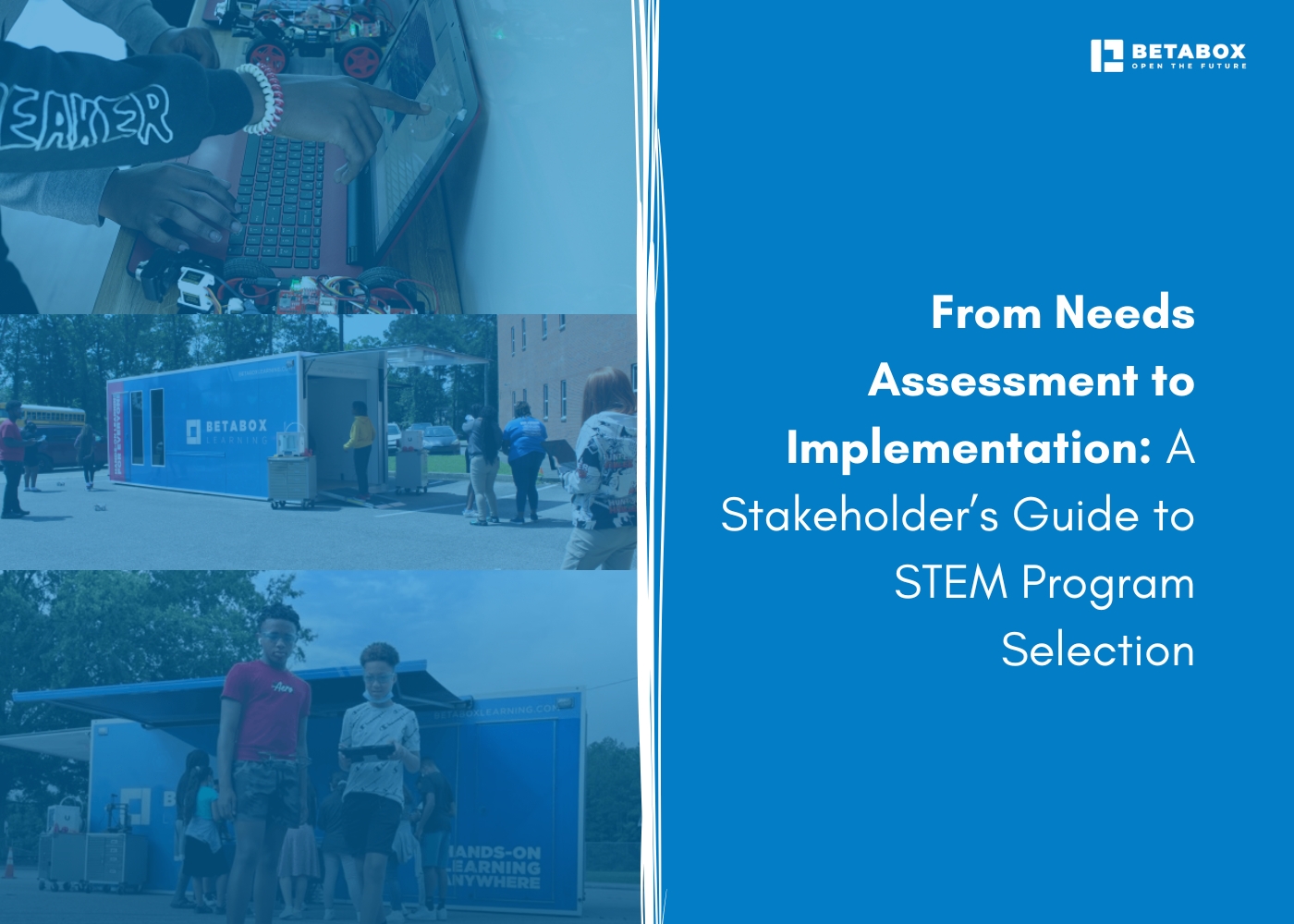

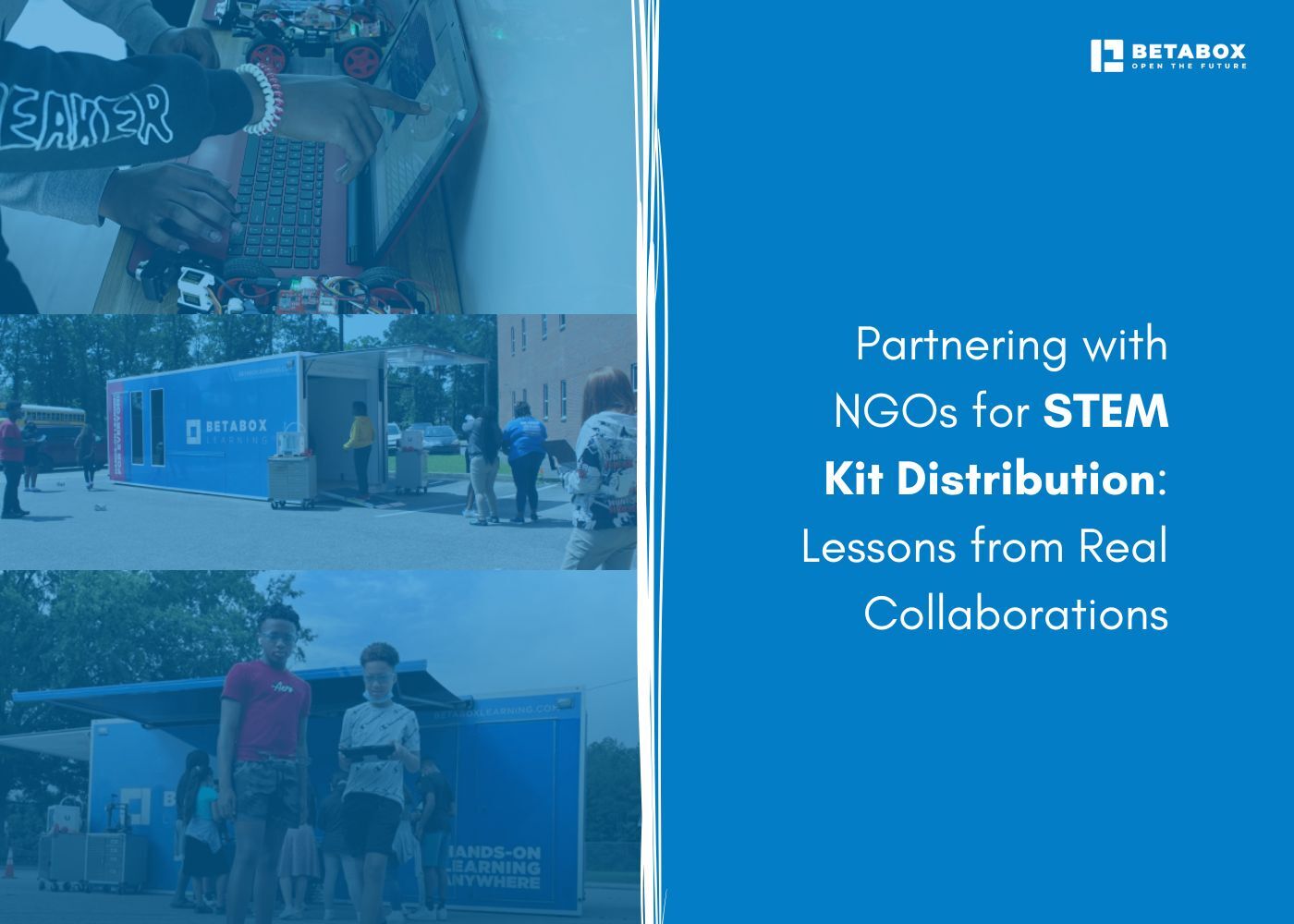

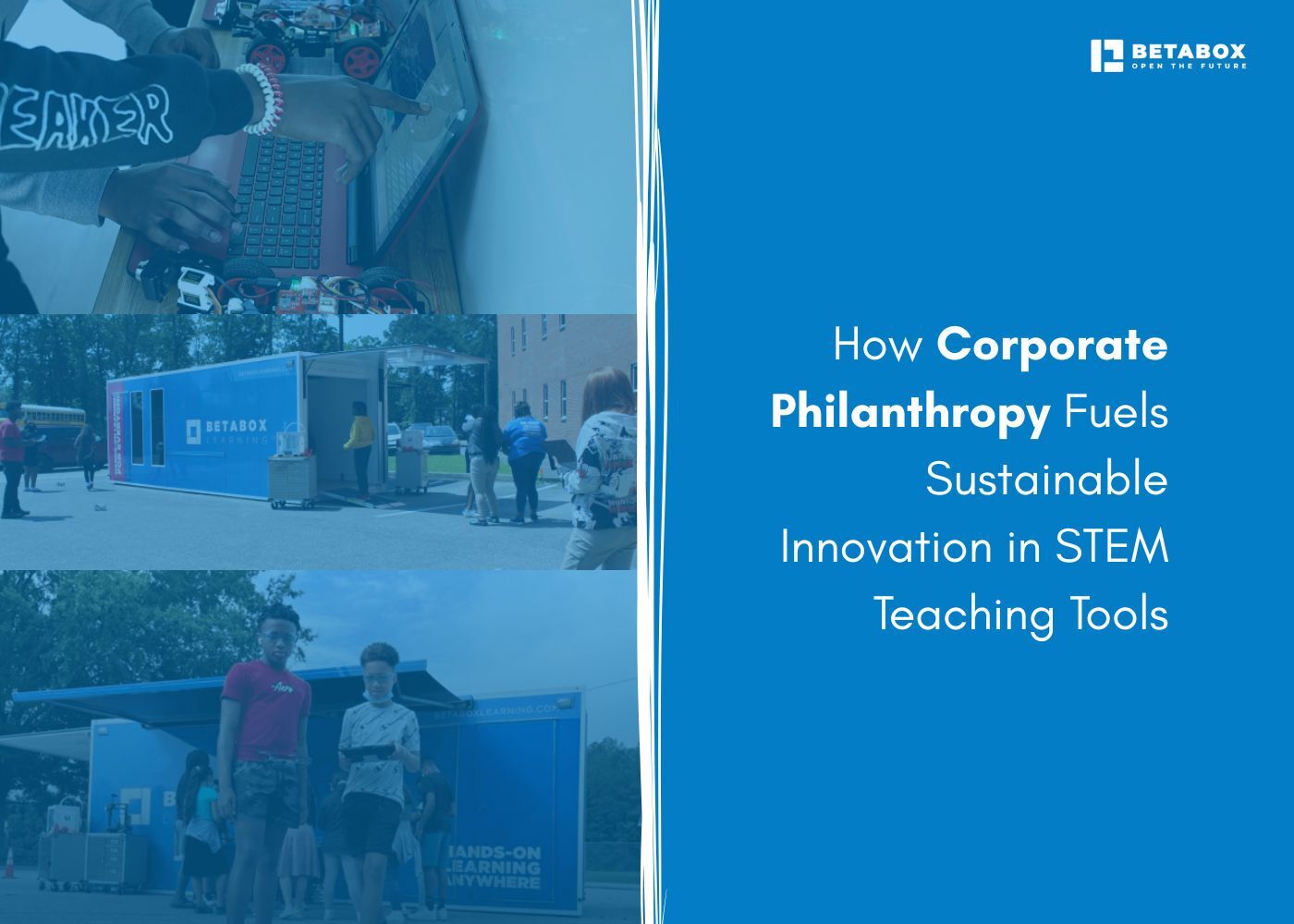

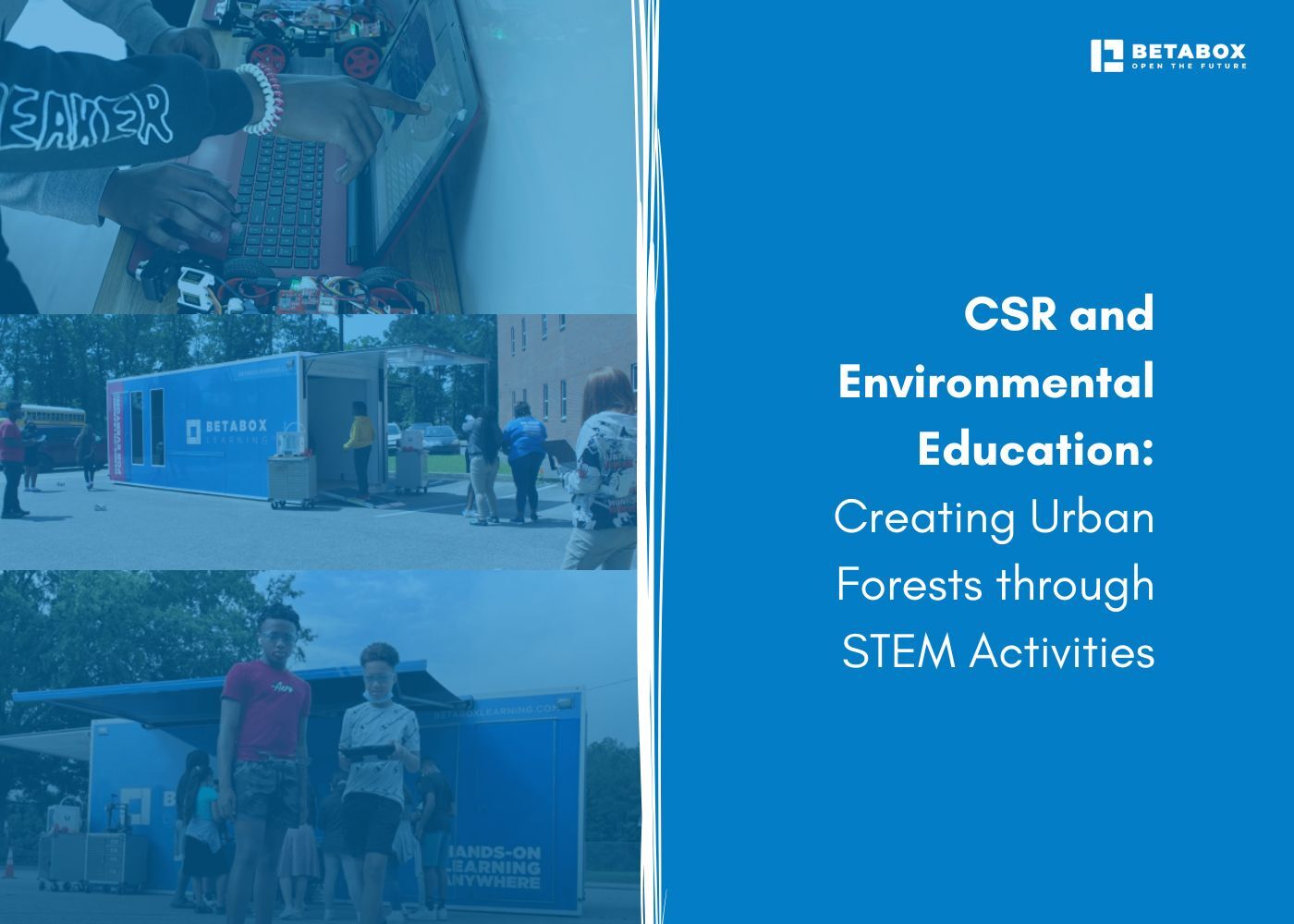

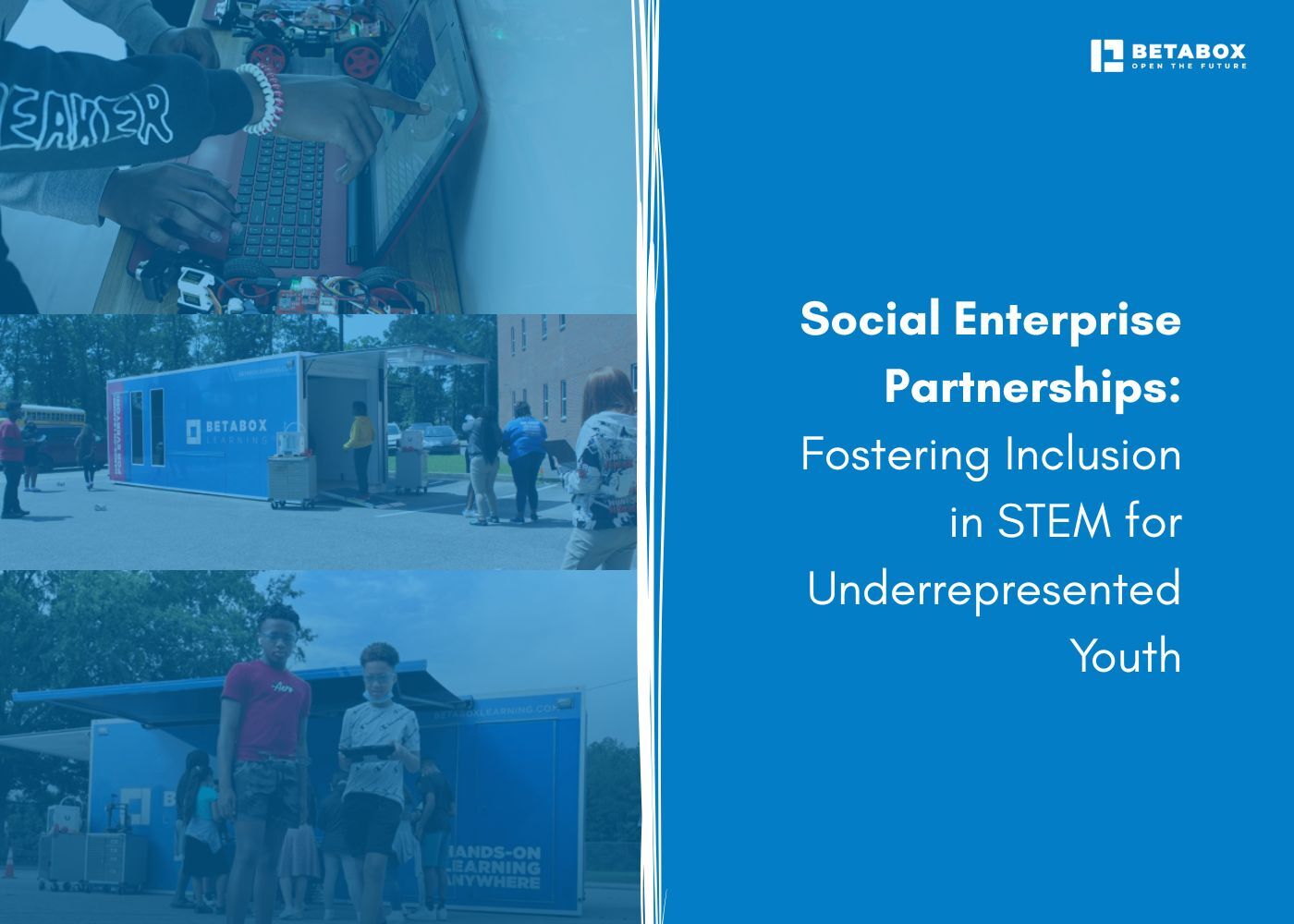

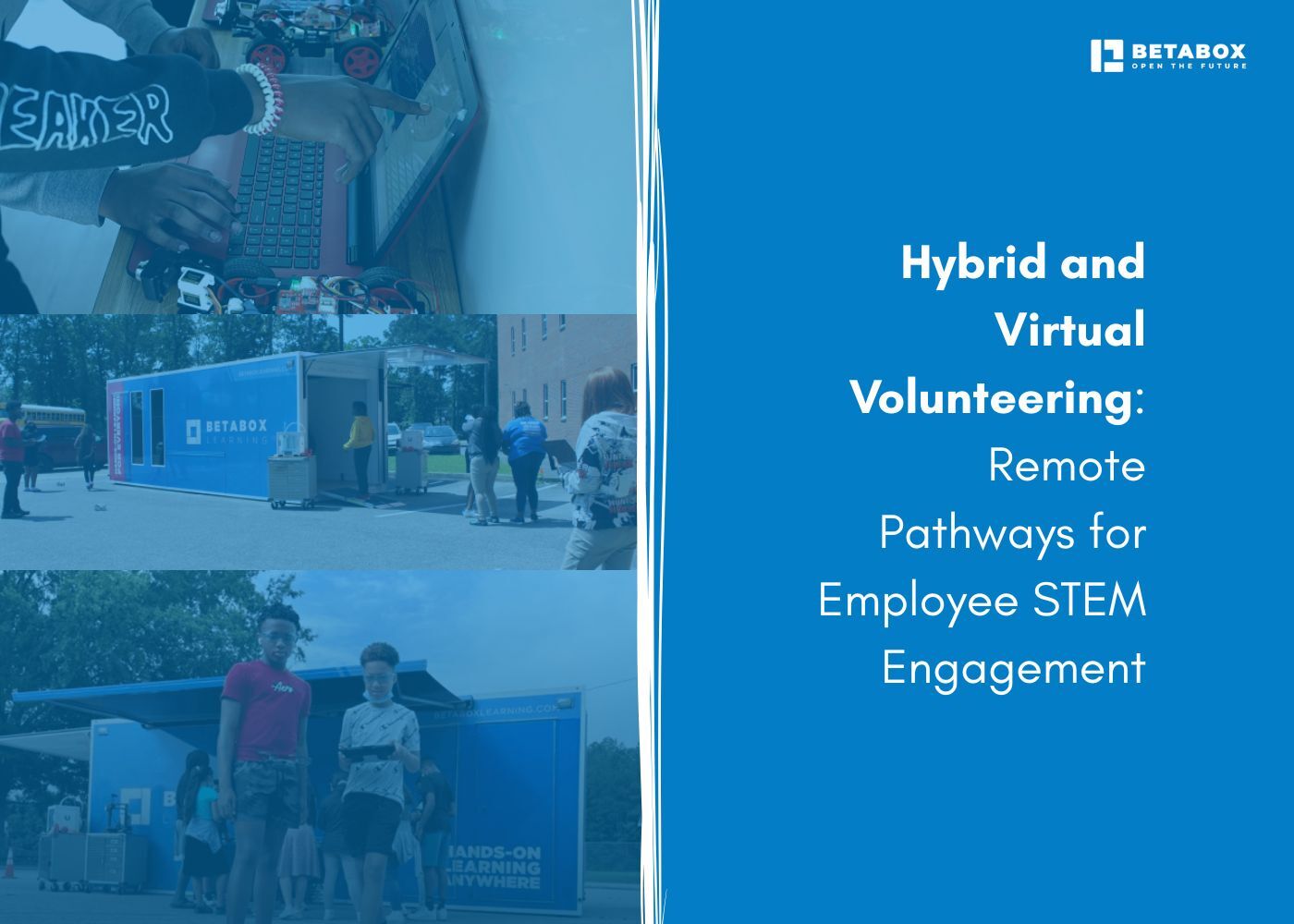

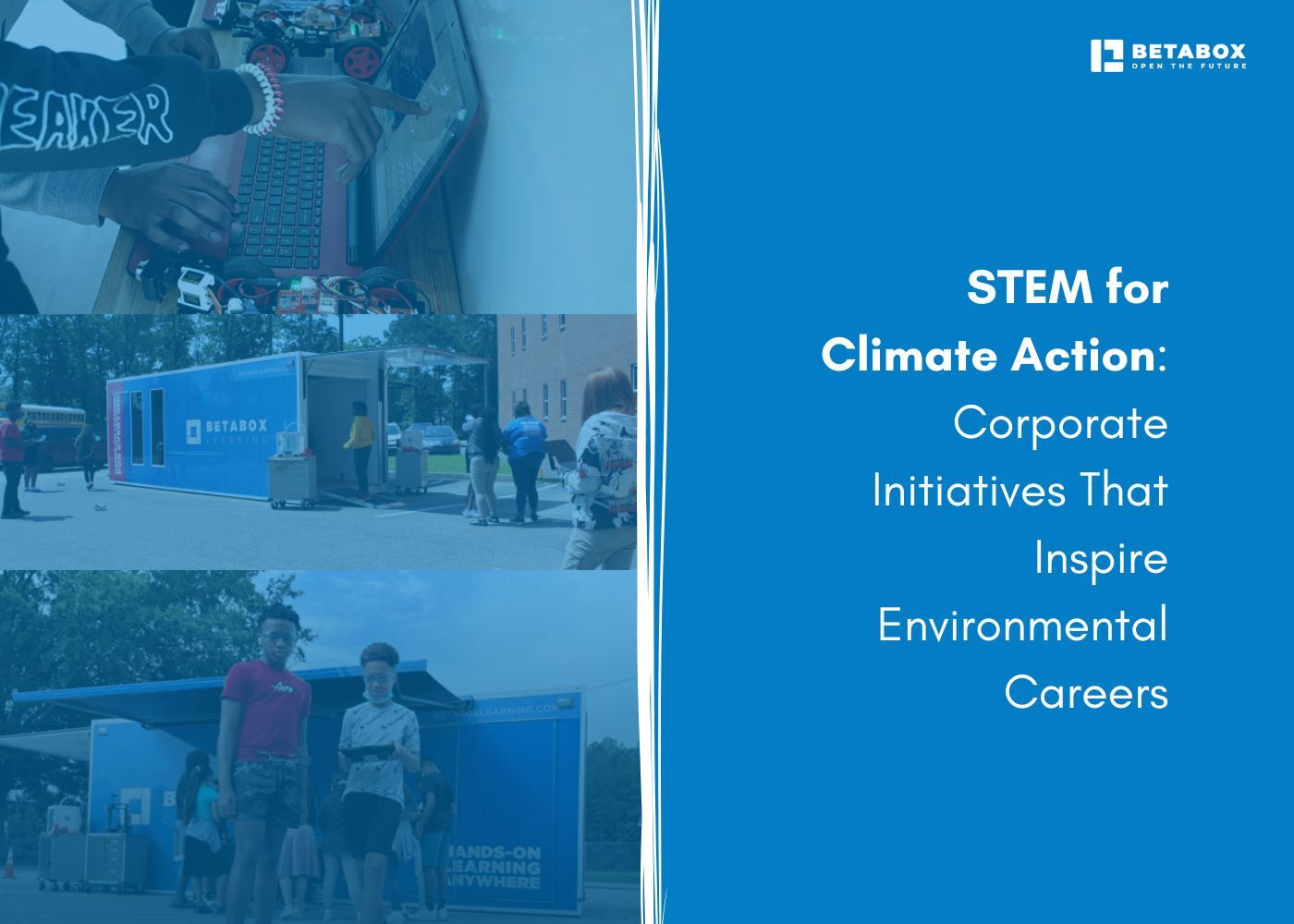



At Betabox Learning, we are passionate about making hands-on STEM curricula accessible to all students.

Join our newsletter to stay in the loop on all things Betabox and the future of STEM education.
By submitting your email address, you agree to our Privacy policy and Terms of Service. You can unsubscribe any time via the link in your email.
© 2025 Betabox. All Rights Reserved
